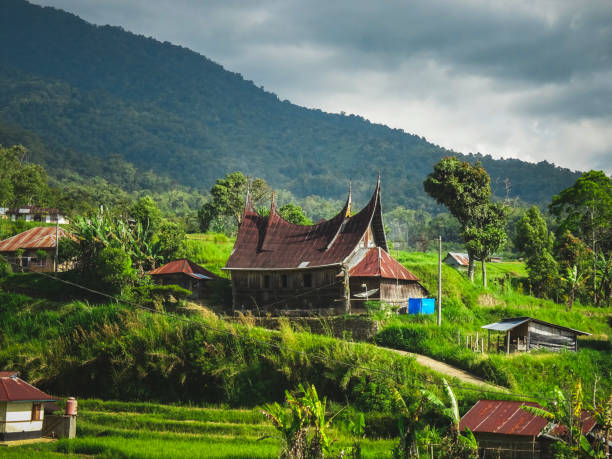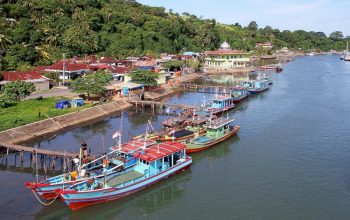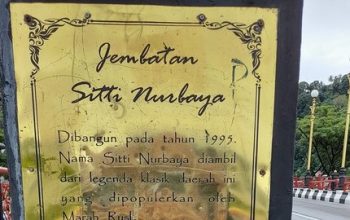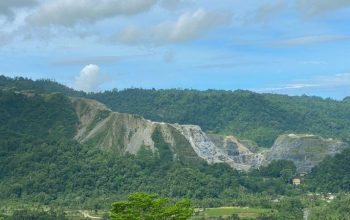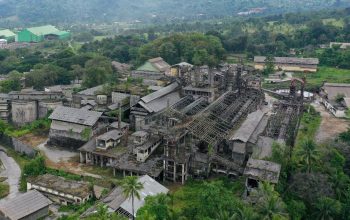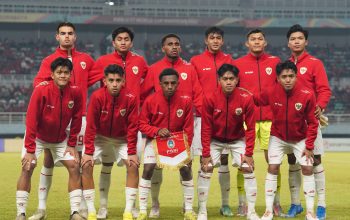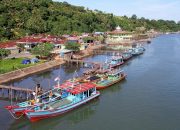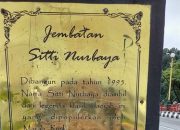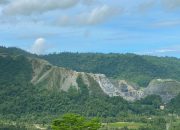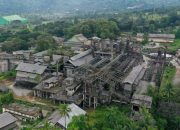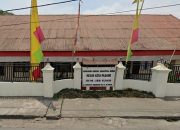The Minangkabau people, an ethnic group indigenous to West Sumatra, Indonesia, are renowned for their deep connection to nature. Their culture, which is matrilineal, places significant emphasis on living in harmony with the natural environment. This principle is deeply ingrained in their way of life, customs, and traditions.
One of the most striking aspects of Minangkabau architecture is the “Rumah Gadang,” or the traditional Minangkabau house. These houses have unique, curved roofs resembling buffalo horns, which are not only aesthetically pleasing but also serve practical purposes. The high-pitched roofs are designed to withstand heavy rainfall and earthquakes, common in the region. Additionally, the raised structures provide natural ventilation and protection from floods.
Agriculture is the backbone of Minangkabau society, with rice paddies and terraced fields dotting the landscape. The Minangkabau practice sustainable farming techniques that have been passed down through generations. These methods ensure the fertility of the soil and the health of the ecosystem. Water buffalo, revered animals in their culture, are integral to farming practices, aiding in plowing fields and maintaining the balance of the agricultural cycle.
The philosophy of “Adat Basandi Syarak, Syarak Basandi Kitabullah,” meaning “tradition founded upon Islamic law, and Islamic law founded upon the Quran,” reflects the Minangkabau’s belief in integrating religious principles with their customs. This philosophy guides their interaction with the environment, promoting stewardship and respect for natural resources.
In terms of biodiversity, the Minangkabau homeland is rich with flora and fauna. The people maintain a symbiotic relationship with the surrounding forests, rivers, and mountains. Traditional medicine, derived from local plants, plays a vital role in their healthcare. They utilize a variety of herbs and natural remedies to treat ailments, demonstrating a profound knowledge of the medicinal properties of their environment.
Community involvement is another key element in the Minangkabau’s approach to environmental management. Practices like “gotong royong,” or communal work, reinforce social bonds and collective responsibility for maintaining and improving their surroundings. This cooperative spirit is evident in the way they manage communal lands, water resources, and village infrastructure.
Despite the pressures of modernization and economic development, the Minangkabau people strive to preserve their cultural heritage and environmental wisdom. Efforts to promote ecotourism and cultural tourism are seen as ways to balance economic needs with the conservation of their unique traditions and natural habitat.
In conclusion, the Minangkabau people offer a compelling example of how human societies can live in harmony with nature. Their cultural practices, architectural ingenuity, sustainable agriculture, and community-oriented lifestyle provide valuable insights into creating a sustainable future.
Minangkabau: Harmony with Nature
